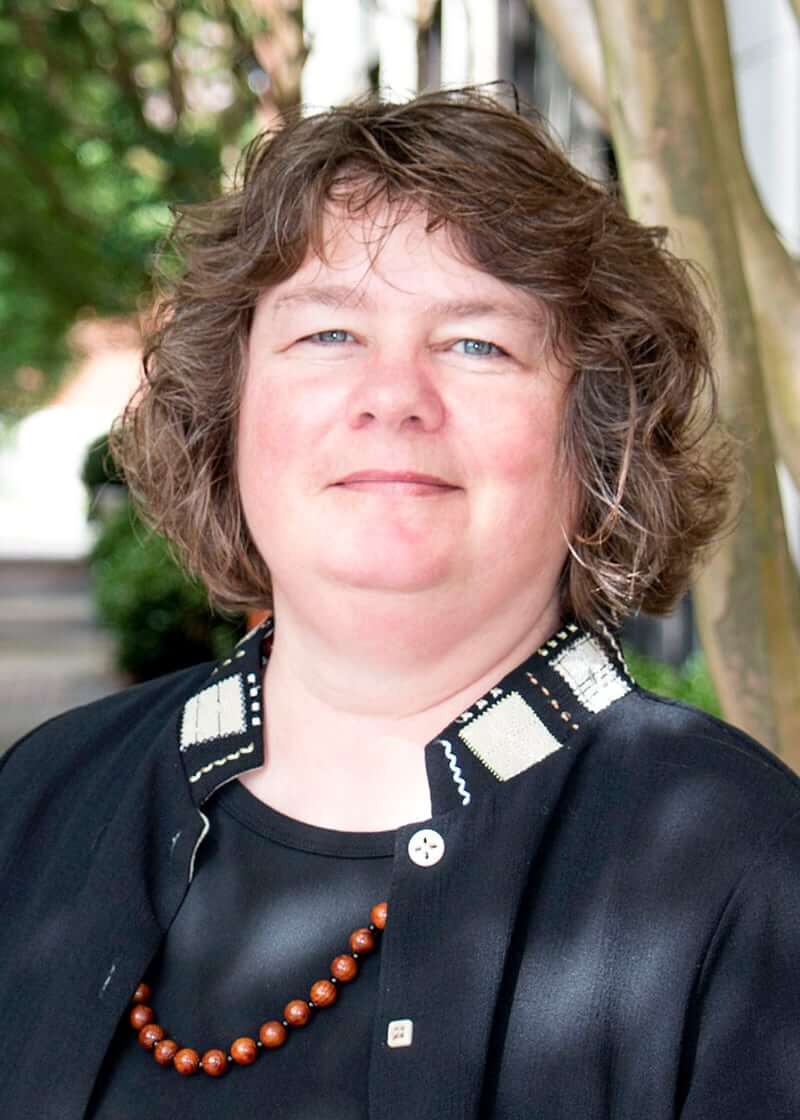Broad research focus?
My training is in both environmental health and environmental epidemiology. I was very lucky to receive training in exposure assessment and both qualitative and quantitative methods and that has allowed me to apply a variety of methods to community-based problems. I am a true mixed methods researcher. Most of my work is in communities studying child and adolescent health. I am especially interested in environmental exposures and subsequent neurodevelopmental issues in children.
Why Public Health?
I grew up in a town that had 3 superfund sites and wanted to make a difference. I majored in chemical engineering as an undergraduate and as a masters student. But my masters program was very theoretical and didn't really jive with my wanting to help people. Thankfully, my advisor noticed and connected me to an internship at the Harvard School of Public Health. After the internship, I was sold on public health. I loved school and loved being in school. I even tacked on an extra year to my PhD program so that I could complete the curriculum in both environmental health and epidemiology.
Coolest training you've experienced?
After graduation, I was selected to participate in the CDC's Epidemic Intelligence Service (EIS) and it was the highlight of my career. EIS officers are the "disease detectives" that are sent to investigate public health outbreaks and disease clusters around the country and the world. It was this group that was first deployed to hot spots when COVID-19 reached the US. The EIS is also sent to other countries upon request, to help with outbreaks of diseases like Ebola. During my first year with the EIS, my cohort was sent to NYC on military planes after the 911 attack. We did a variety of things such as monitoring air pollution and surveying hospitals for patients who had been injured when the towers came down. I also worked on a large cancer cluster at Oscar Mayer that took over a year to investigate. If any SOPH doctoral students are interested in the EIS, I would love to talk to them!
An exciting ongoing project?
My current NIH grant is assessing children's exposure to coal ash and neurodevelopment. Coal ash is a waste product from burning coal for energy. The ash is stored in landfills and ponds and is very loosely regulated. Very small particles in the ash can contain trace elements of mercury, lead, and arsenic.
The study is taking place in 12 zip codes in Louisville, KY. We are going into homes and collecting samples of air pollutants for a week and dust samples in children's bedrooms. We are also conducting neurobehavioral testing on the kids in the home. It's a shoe leather epi project at heart ... getting out into the community and really doing it. Eleven community members, who have been very active about how coal ash is being stored in their neighborhoods, were heavily involved since the beginning. We are starting to publish the results but unfortunately, we may have to close recruitment early as a result of the pandemic. In any case, this will be the first study looking at community exposure to fly ash, the major component of coal ash. And coal ash is a major environmental heath problem all over the world.
Favorite (self-authored) manuscript?
During my time with the EIS, I was stationed at the State Health Department in Wisconsin. For one of my assignments, I was asked to help evaluate the prevalence of chronic diseases in an area of the state that had many people who obtained their drinking water from wells. Well water is not regulated, but these people were known to live near water bodies with arsenic in the bedrock. We collected well water samples and self-reported health status and health history questionnaires from ~1,200 people who had been drinking the well water for at least 20 years. Although the link between high levels of arsenic and cancer had been established, this paper was the first to report a link between arsenic and depression.
Zierold KM, Knobeloch L, Anderson H. Prevalence of chronic diseases in adults exposed to arsenic-contaminated drinking water. Am J Public Health. 2004;94(11 ):1936-1937.
Future directions?
I know there are a number of environmental health issues that need to be addressed in Birmingham. In the near future, I hope to get plugged into the community and conduct similar studies among local pediatric populations.
If not academia, then ... ?
When I was a kid, I wanted to be an astronaut.
